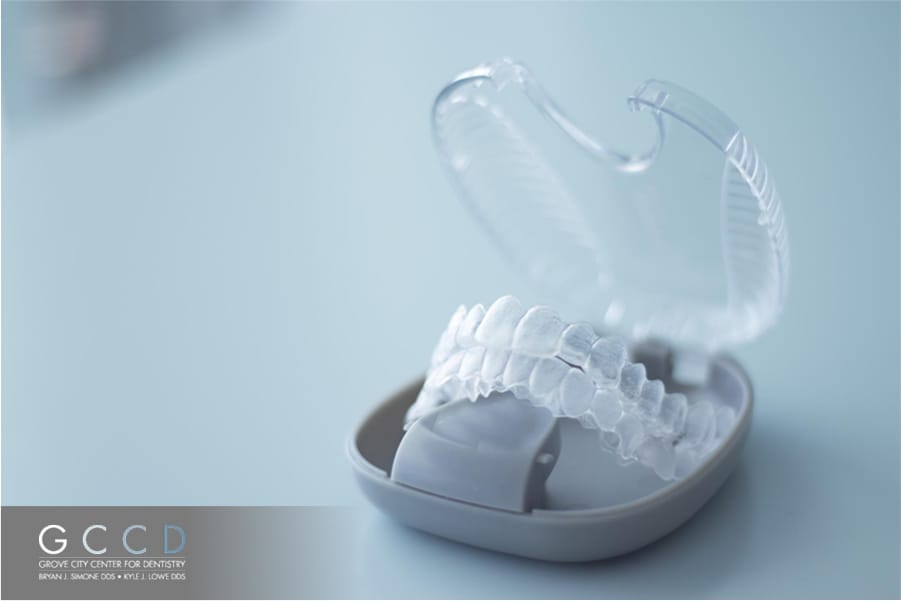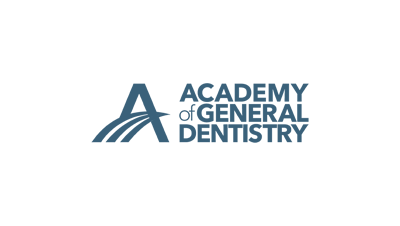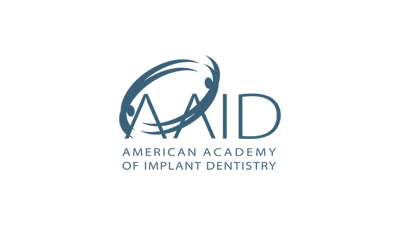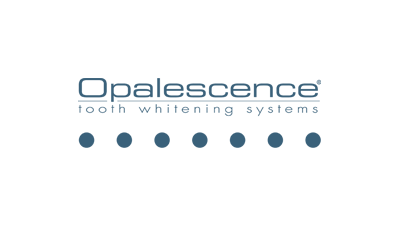Many people catch themselves hiding their smiles in photos or mastering the closed-lip grin when cameras appear. Millions feel self-conscious about teeth alignment, but modern dentistry offers multiple paths to a confident smile.
When considering teeth straightening, two main options dominate the field: traditional metal braces and Invisalign® clear aligners. Beyond the obvious visibility difference, several factors separate these treatment options. Understanding these differences helps patients make choices that fit their lifestyle, budget, and smile goals.
From Metal Mouths to Invisible Solutions
Traditional braces have evolved significantly over the years. The clunky, uncomfortable contraptions of the past have transformed into sleeker, more efficient systems. Modern brackets are smaller, and some even come in tooth-colored or clear options for a more subtle appearance.
Invisalign® arrived in the late 1990s, revolutionizing orthodontics. Using a series of clear, removable aligners, Invisalign® offered the first truly “invisible” option for teeth straightening. Adults who had hesitated about braces suddenly had a less noticeable alternative.
Both options continue to improve with technological advances. Traditional braces now include self-ligating options that reduce friction and appointment time, while Invisalign®’s SmartTrack material and ClinCheck software have made treatment more predictable and comfortable.

The Appearance Factor
For many people considering orthodontic treatment, appearance remains a major concern. This is especially relevant for adults in professional settings or teens navigating already complicated social environments.
Traditional braces are undeniably noticeable. Even with ceramic or clear brackets, the metal wires remain visible when smiling. Some patients don’t mind this visibility or even embrace it as a chance to express personality through colored bands. Others find it significantly impacts their confidence.
Invisalign®, true to its name, remains nearly invisible from conversational distance. Most people won’t notice the aligners unless told about them. This discretion serves as Invisalign®’s biggest selling point and explains why many image-conscious patients prefer this option.
Appearance shouldn’t be the only factor in the decision, however. An immediate confidence boost might not be worth sacrificing treatment effectiveness for specific cases. Sometimes the most visible option proves most effective for complex alignment issues.

Daily Life
Living with orthodontic treatment affects daily routines, regardless of which option a patient chooses. The nature of that impact differs significantly between the two.
Traditional braces cause initial soreness and adjustment periods, especially after tightening. Potential irritation from brackets against cheeks and lips may occur, though dental wax helps. Food restrictions eliminate popcorn, caramel, and whole apples, and cleaning requires special brushes and flossers.
Invisalign® users typically experience milder discomfort that usually lasts 1-2 days with each new aligner. There’s no irritation to soft tissues in the mouth. Patients enjoy the freedom to eat anything since aligners are removed for meals, and follow a simpler cleaning routine for teeth, though aligners require their own care.
The biggest lifestyle difference involves commitment level. With braces, the hardware stays in place 24/7 – no willpower required. Invisalign® demands the discipline to wear aligners 20-22 hours daily. Perfect Invisalign® candidates sometimes fail treatment simply because they can’t commit to consistent wear.
Treatment Process
The journey from crooked to straight teeth follows different paths depending on the treatment choice.
Traditional braces work through bonding brackets to each tooth and threading archwires through brackets to apply pressure. Regular appointments occur every 4-6 weeks for adjustments, with potential addition of rubber bands or other specialized components for complex movements.
Invisalign® treatment involves digital scanning of teeth (replacing goopy impressions), computer-generated treatment plans showing projected movement sequences, receiving several sets of aligners at once, changing aligners at home every 1-2 weeks, and check-in appointments roughly every 6-12 weeks. The total treatment time typically ranges from 12-18 months for most cases, though simple corrections may take as little as 6 months while complex issues can extend treatment beyond 24 months.
Technology plays a more significant role in Invisalign®, with proprietary software predicting tooth movement and designing each aligner with precision. Traditional braces rely more heavily on the orthodontist’s hands-on adjustments and experience.
Effectiveness Comparison
Neither option proves universally superior. Each excels in different scenarios.
Traditional braces generally have advantages when addressing severe misalignment issues, significant bite corrections, vertical tooth movements, complex rotations of cylindrical teeth, and situations requiring precise control of multiple teeth simultaneously.
Invisalign® typically performs well with mild to moderate crowding or spacing, certain types of overbites and underbites, aesthetic-focused corrections, adults with minor relapse after previous orthodontic work, and cases where hygiene might be significantly compromised with braces.
The technology behind Invisalign® has improved dramatically. Cases that once required braces can now be treated with aligners when handled by an experienced provider. The key differentiator often becomes the doctor’s expertise with the system rather than the system itself.
Care and Maintenance Requirements
Maintaining orthodontic treatment properly affects both comfort and results.
Traditional braces require more time and attention when brushing to clean around brackets and wires. Flossing demands special tools like floss threaders or water flossers. Emergency visits might be needed for broken brackets or poking wires. Retainer wear post-treatment remains non-negotiable.
With Invisalign®, regular brushing and flossing continue normally when aligners are removed. Aligners need daily cleaning to prevent staining and odor. Lost aligners may require replacement, causing treatment delays. Retainer wear remains equally important after treatment completion.
The maintenance difference primarily comes down to convenience versus discipline. Braces require more special tools and techniques but work continuously. Invisalign® maintenance proves simpler but requires discipline to keep aligners clean and wear them consistently.

Financial Investment
Cost understandably represents a major factor for most patients. While prices vary by location and case complexity, general comparisons can be made.
Traditional braces typically cost between $3,000-$7,500, with metal options usually at the lower end and ceramic or clear brackets commanding premium prices. Invisalign® generally ranges from $4,000-$8,000, depending on case complexity and aligner quantity needed.
Many dental insurance plans covering orthodontics contribute the same amount toward either option, often around $1,500-$2,500. Some plans still classify Invisalign® as “cosmetic” and may provide less coverage.
Beyond the sticker price, traditional braces usually include everything in one price, while Invisalign® may incur additional costs for replacement aligners if lost. Post-treatment retainers are required for both options and may represent an additional expense.
The value equation extends beyond dollars. Time spent at appointments, treatment duration, and impact on daily life all factor into the true “cost” of the orthodontic journey.
Patient Experiences
While every orthodontic journey differs, understanding typical experiences helps set realistic expectations.
Both treatment options come with adjustment periods. Traditional braces users typically adapt within a few weeks, though dietary restrictions continue throughout treatment. Many find that permanently attached braces create a “set it and forget it” compliance advantage.
Invisalign® wearers appreciate dietary freedom and discreet appearance. However, the responsibility of wearing aligners consistently (20-22 hours daily) challenges some patients. The flexibility that makes Invisalign® appealing can sometimes lead to improper usage.
The most satisfied patients, regardless of treatment type, maintain realistic expectations from the beginning. Orthodontics involves both the destination and the journey.
Making Your Decision
When deciding between treatment options, several questions deserve consideration:
- How important is the aesthetic aspect of treatment?
- Does the patient have the discipline to wear removable aligners 20-22 hours daily?
- How complex is the orthodontic case?
- Is the patient willing to modify diet and oral hygiene routine?
- How does each option fit into the budget?
Finding a provider who offers both treatment modalities helps ensure unbiased guidance. Some practices specialize exclusively in one system, which may influence recommendations.
The Bottom Line
Whether patients choose the reliability of traditional braces or the flexibility of Invisalign®, both options lead to the same destination: a healthier, more confident smile.
The ideal choice varies from person to person based on unique dental needs, lifestyle preferences, and priorities. What works perfectly for one patient might not suit another.
Exploring options through a personalized consultation helps weigh the advantages of each approach. Dental offices that provide both traditional braces and Invisalign® can offer guidance based on what truly suits each unique situation—not just what’s available.









